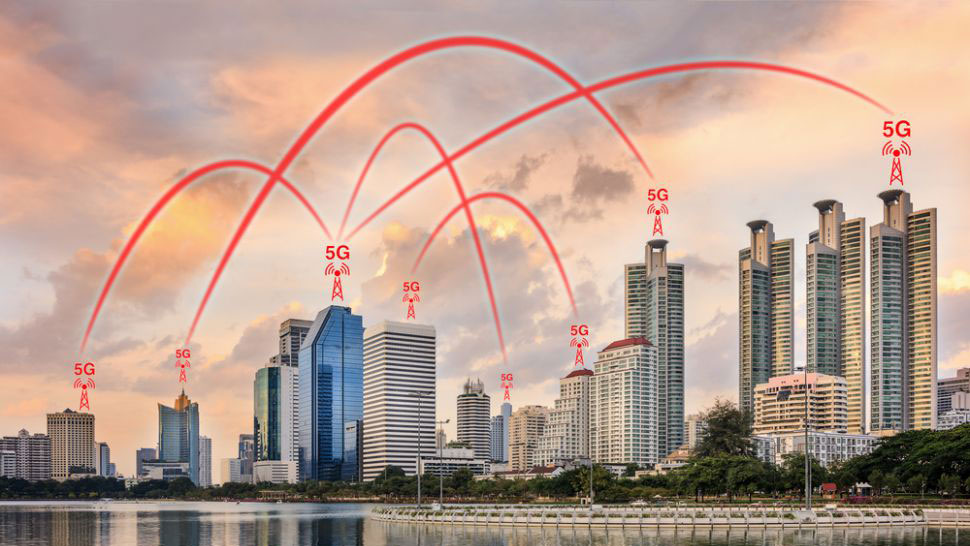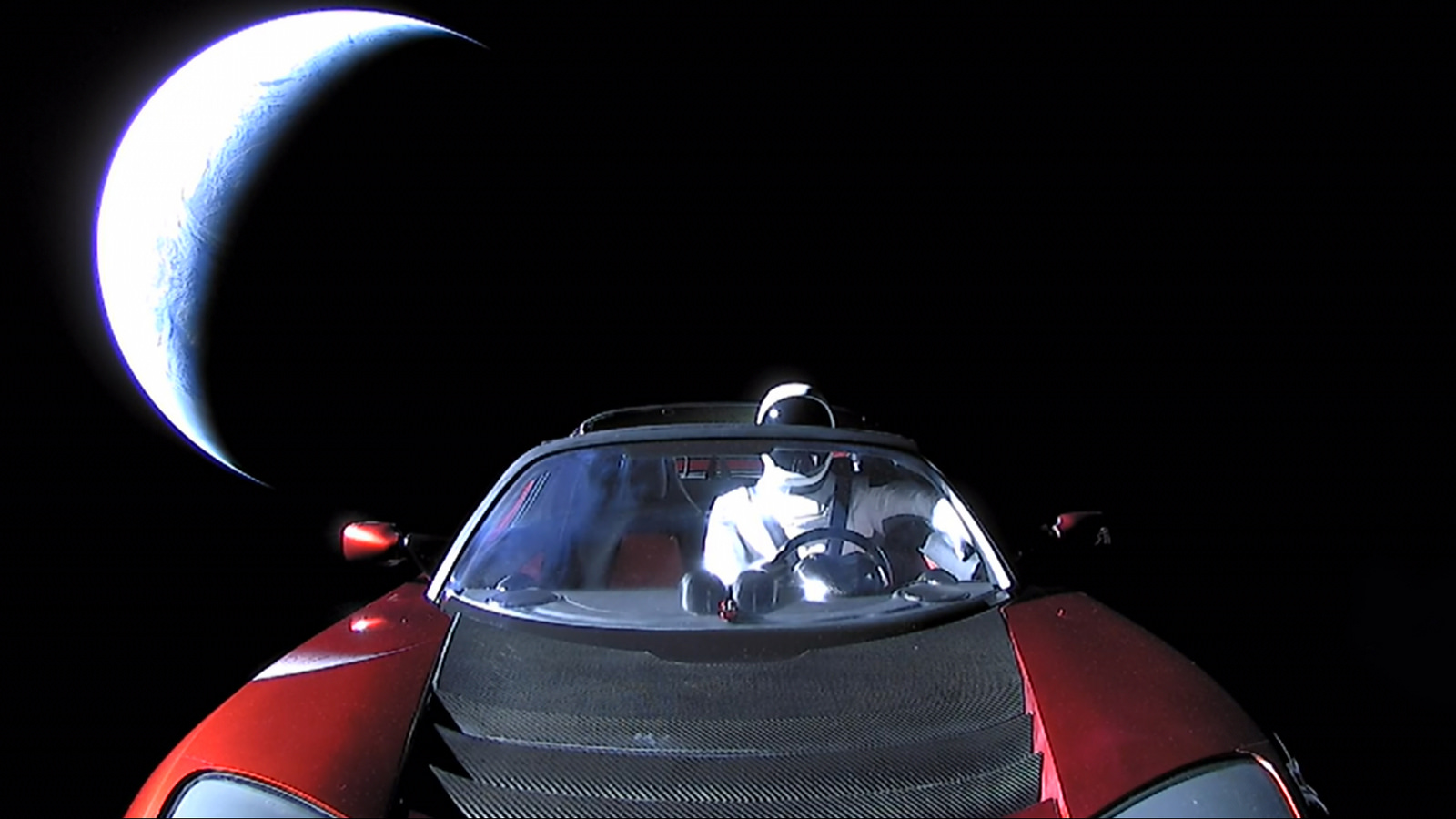Windows as a Service isn't really working. What can Microsoft do about it to turn things around? Read to find out more about the topic and weigh in!
The post “Windows as a Service” isn’t really working appeared first on Pocketnow.
Windows as a Service isn't really working. What can Microsoft do about it to turn things around? Read to find out more about the topic and weigh in!
The post “Windows as a Service” isn’t really working appeared first on Pocketnow.
The Razer Phone was launched in November of last year and came with Android 7.1.1 Nougat on board, which made sense as Android 8.0 Oreo was very new at the time. Now, Razer has confirmed its plans for updating its flagship phone with the latest flavor of Google's mobile OS.
In fact the phone is skipping the 8.0 release and jumping straight to 8.1, Razer has confirmed on Twitter. Razer Phone owners should find the update rolling out to their phones at some point in the middle of April, if everything goes to plan.
Razer has also made a developer preview of the software available for download here, should you want to manually flash the Oreo 8.1 update to your handset and help Razer squash some bugs along the way. Unless you're particularly keen to enjoy the goodness of Oreo, you're probably better off waiting a few weeks.
With Google's apps updated separately from Android itself, there isn't a huge list of new features you can make use of in Oreo, but better notification management (including snoozing for alerts) and support for picture-in-picture modes are included.
As we said in our review, the Razer Phone has a lot going for it, particularly if you're using your mobile for gaming or for watching movies. It was a bold move for the gaming brand to launch a smartphone of its own, but it's managed to pull something out of the hat to compete with the big boys.
And what of the Razer Phone 2? The rumors are that Razer is indeed planning a follow-up to its 2017 launch, with a processor upgrade perhaps the biggest bump in terms of specs (the well-equipped Razer Phone 1 already has a huge 8GB of RAM).
Via Phandroid
All eyes might be on the imminent launch of the Moto G6 phone at the moment, but Lenovo has several other handsets planned for 2018, including the Moto Z3 Play. Thanks to a new filing at the Federal Communications Commission, we now know a little bit more about what's in store.
Inside the device you're going to find a Snapdragon 636 CPU, and that'll be coupled with 4GB of RAM and either 32GB or 64GB of storage. Everything will run from a 3,000mAh battery which should give you plenty of time between charges.
The phone will have a 6.1-inch screen and the dimensions will match the chassis size of the current Moto Z range – which of course means you'll still be able to use your existing Moto Mods with it. Even if you upgrade your Lenovo-made smartphone this year, your modular accessories can come with you.
All of which makes it sound like this is another solid mid-ranger to look forward to, something the Moto series has focused on in recent years. Considering the upcoming Moto G6 phones are going to target the same part of the market, it's perhaps no surprise that the Moto X5 is getting cut from the line-up.
We haven't heard much about the Moto Z3 Play or indeed the higher-end Moto Z3 so far, but we're probably looking at an edge-to-edge screen and a Snapdragon 845 for the top-of-the-line model. Face recognition might also feature heavily.
The Moto G6 line is going to be the first to break cover in 2018 but after that we can look forward to finding out what Lenovo has got in store with its Moto Z3 phones. If you're looking to get some decent-quality Android hardware at a reasonable price, they could well be worth waiting for.
Via GSMArena
JDI's biggest client is Apple and, depending on how this year's iPhones will sell, these moves could leave the company in a lurch.
The post LCD maker Japan Display needs $500 million to make LCDs, not OLEDs appeared first on Pocketnow.
Even though accidental damage coverage is always peace of mind worth having, having more of it when everyone else had their limited warranty extended is sure fun.
The post Google finally extends Preferred Care warranty for Pixel 2 devices appeared first on Pocketnow.
Best Buy is offering a minimum of $125 in store credit for an old iPad. That means that you can take that gift card and plunge into an Apple Pencil.
The post Best Buy offering trade-in credit for 6th-gen iPad 9.7 appeared first on Pocketnow.
SpaceX cleared a major hurdle in its goal to launch a network of broadband satellites in low Earth orbit yesterday, when the FCC approved a revised draft of their 2016 proposal.
Today's news follows the story from last month where Elon Musk’s company, SpaceX, launched its first two satellites into orbit during their PAZ mission from Spain.
Nicknamed Tintin A and B, they temporarily blasted a Wi-Fi-enabled message to the city of Los Angeles.
Now SpaceX can officially plan to launch thousands more satellites from the US, but they’d better book their launchpad schedule well in advance: the FCC requires that they launch half of their 4,425-satellite fleet by 2024—a six-year deadline.
Current broadband satellites sit tens of thousands of kilometers above the surface; Starlink would place their 4,425 satellites at only 700 miles (1,150 kilometers), then launch another 7500 satellites at only 200 miles (320 kilometers), according to SpaceX’s FCC filing.
So close to Earth’s surface, Starlink satellites would have minimal latency delays, supposedly comparable to current cable and fiber response times. SpaceX VP Patricia Cooper told the US Senate Chamber of Commerce that the network would provide 25ms latency and 1 Gbps speeds.
FCC chairman Ajit Pai led the unanimous vote approving SpaceX’s proposal. In a statement, Pai said, “Satellite technology can help reach Americans who live in rural or hard-to-serve places where fiber optic cables and cell towers do not reach. And it can offer more competition where terrestrial Internet access is already available.”
The FCC has reserved the right to revoke their license, if SpaceX can’t also obtain permission from the International Telecommunication Union, which controls the radio bandwidths Starlink will use to send signals to the surface. But beyond that, they can proceed full steam ahead.
SpaceX isn’t the only company hoping to fill up our skies with satellites. OneWeb received FCC permission last year to launch 720 satellites using Amazon’s Blue Origin rockets, and an Apple-Boeing partnership could yield up to 3,000 satellites.
Satellite broadband will let people around the world have access to fast internet speeds, which in the past would have required labor-heavy installation of fiber-optic networks stretching to every home—something especially difficult in rural areas.
In the decade or more it will take to fully roll out their network, SpaceX may be hoping that an Earth-based alternative to cables doesn’t take too much of their future business.
5G, the next-gen upgrade to our current model, provides 1 Gbps speeds without needing to connect each home to a fiber optic network. Instead, carriers can install fiber optic hubs every few blocks that communicate at incredible speeds with wireless modems. And these hubs apparently have the capacity for all the streaming and downloads that you might need.

Samsung and Verizon have already begun testing 5G in several cities across the US, and industry experts predict 5G will be the dominant mobile net source by 2025—right around the time Starlink could go online.
Of course, Starlink will also go to regions where no cable companies would ever install any fiber optics, 5G or otherwise. But to pay for all of these rocket launches, SpaceX will need to make a lot of money on its network; so no doubt he’ll also want plenty of first-world consumers to buy into his product as well.
To launch 2,200 satellites within six years, SpaceX will have to boost slightly more than one satellite per day. That will take monumental resources and planning to achieve on time without the satellites crashing into one another. And competitors like OneWeb will be trying to hit their own targets at the same time.
After SpaceX proposed its plan, OneWeb petitioned that the FCC reject it, claiming that the volume would inevitably lead to Starlink satellites or delivery rockets crashing into one another, or into OneWeb objects.
While OneWeb obviously had plenty of motivation for their rival’s proposal to fail, even NASA warned that current safety standards for satellites would no longer apply safely to Starlink, due to the sheer number of satellites it would require.

SpaceX successfully launched a Tesla into elliptical orbit, but launching thousands of satellites could be a bumpy ride. (Courtesy of SpaceX)
FCC Commissioner Jessica Rosenworcel, who voted for the proposal, warned of the dangers this could pose, should this rapid schedule risk satellites crashing into one another.
“As more satellites of smaller size that are harder to track are launched, the frequency of these accidents is bound to increase,” she said in a statement. “Unchecked, growing debris in orbit could make some regions of space unusable for decades to come.”
In response, SpaceX promised to coordinate with NASA, OneWeb, and any other satellite company planning on sharing low-orbit space with Starlink.
There's plenty of fun to be had with GIFs, but they also can spice up the idle moments when your S8 and Note 8 are sleeping.
The post Galaxy S8, Note 8 Always on Display now can play GIFs appeared first on Pocketnow.
Chips, glass and TrueDepth cameras are just some of the components in an iPhone and they're made in the United States, the CEO says.
The post Tim Cook: nuts and bolts of iPhones are made in America appeared first on Pocketnow.
Huawei may be under challenge from the US government to do business in the country, but it says that it'll gladly take it on.
The post Huawei doesn’t need US market, but wants to stay here appeared first on Pocketnow.
On this week's show: Huawei, Xiaomi, Apple and Acer have new hardware, Facebook has newly-revealed problems around the same old concerns and notches, people, notches, what more do you want?
The post Hated one way or another: Notches & Co. | #PNWeekly 298 appeared first on Pocketnow.
T-Mobile's latest elaborate April Fool's prank is a swanky pair of Sidekick smart shoes, which you can actually buy in a "dumb" variant for $65.
The post T-Mobile brings back iconic Sidekick brand for the world’s first ‘Smartshoephone’ (not really) appeared first on Pocketnow.
The mid-range Nokia 5 and 6 have received official Android 8.0 Oreo updates a couple of months back, and they're now already moving up to Android 8.1.
The post HMD starts Android 8.1 rollout for modest Nokia 5 and 6 smartphones appeared first on Pocketnow.
According to respected market research firm Strategy Analytics, both the Sony Xperia XZ2 and XZ2 Compact are better in battery performance than the LG G6, iPhone X or Samsung Galaxy S9.
The post Sony Xperia XZ2 comes out on top in battery life tests of ‘leading premium smartphones’ appeared first on Pocketnow.